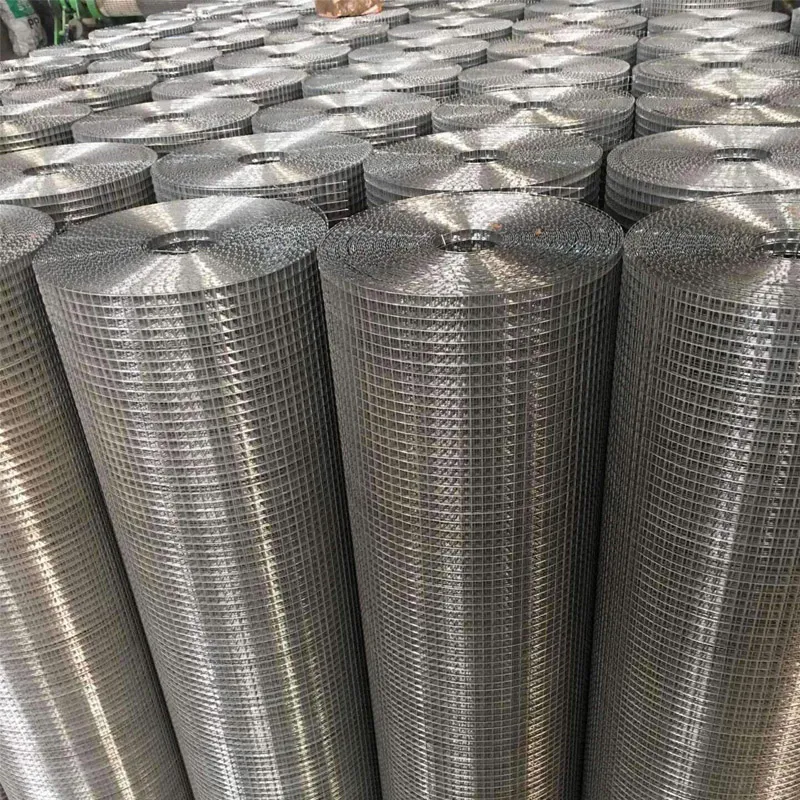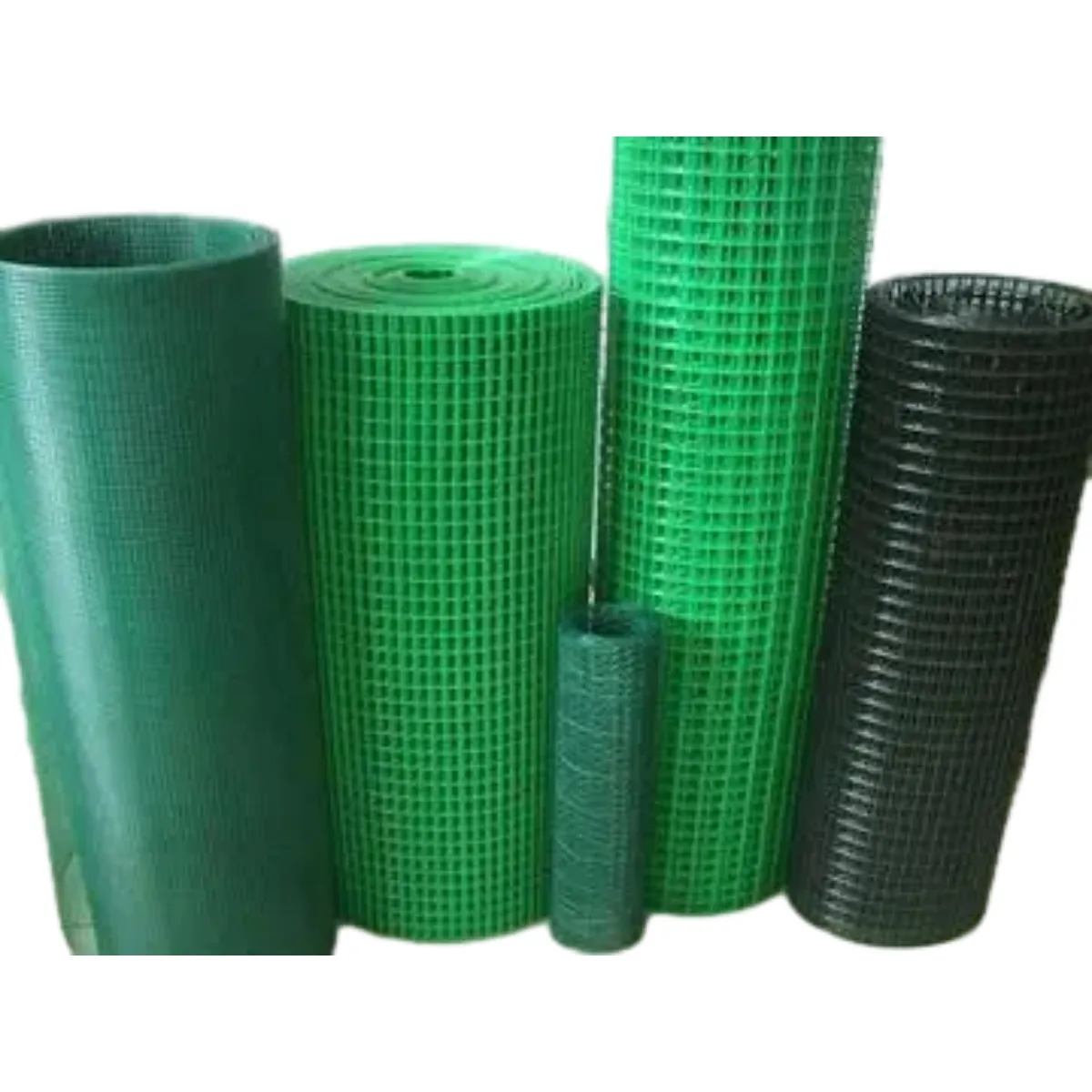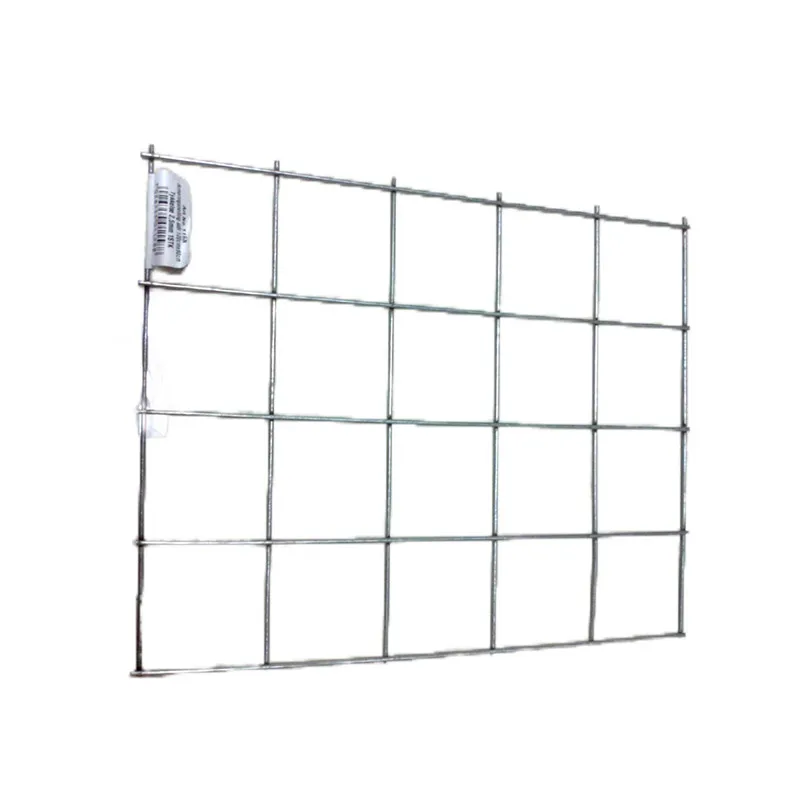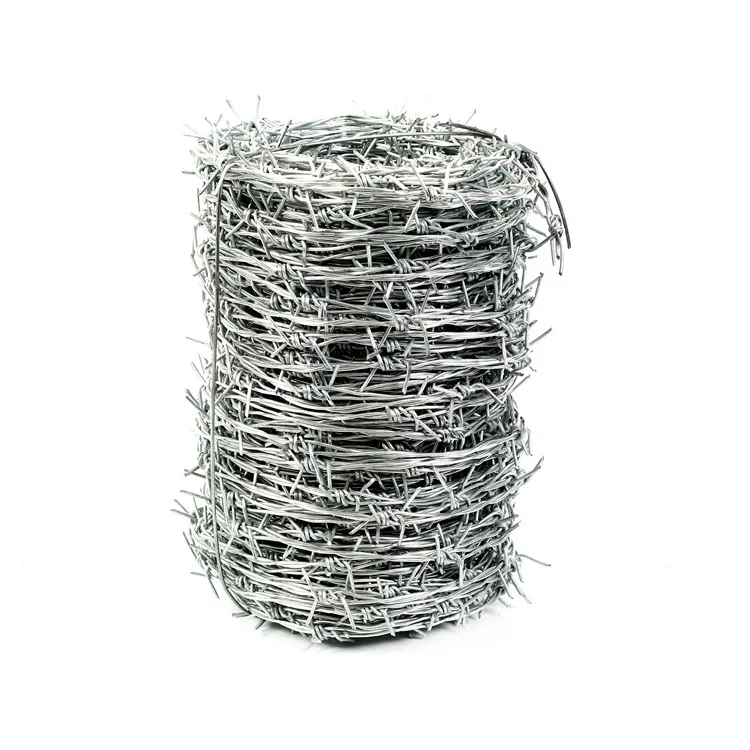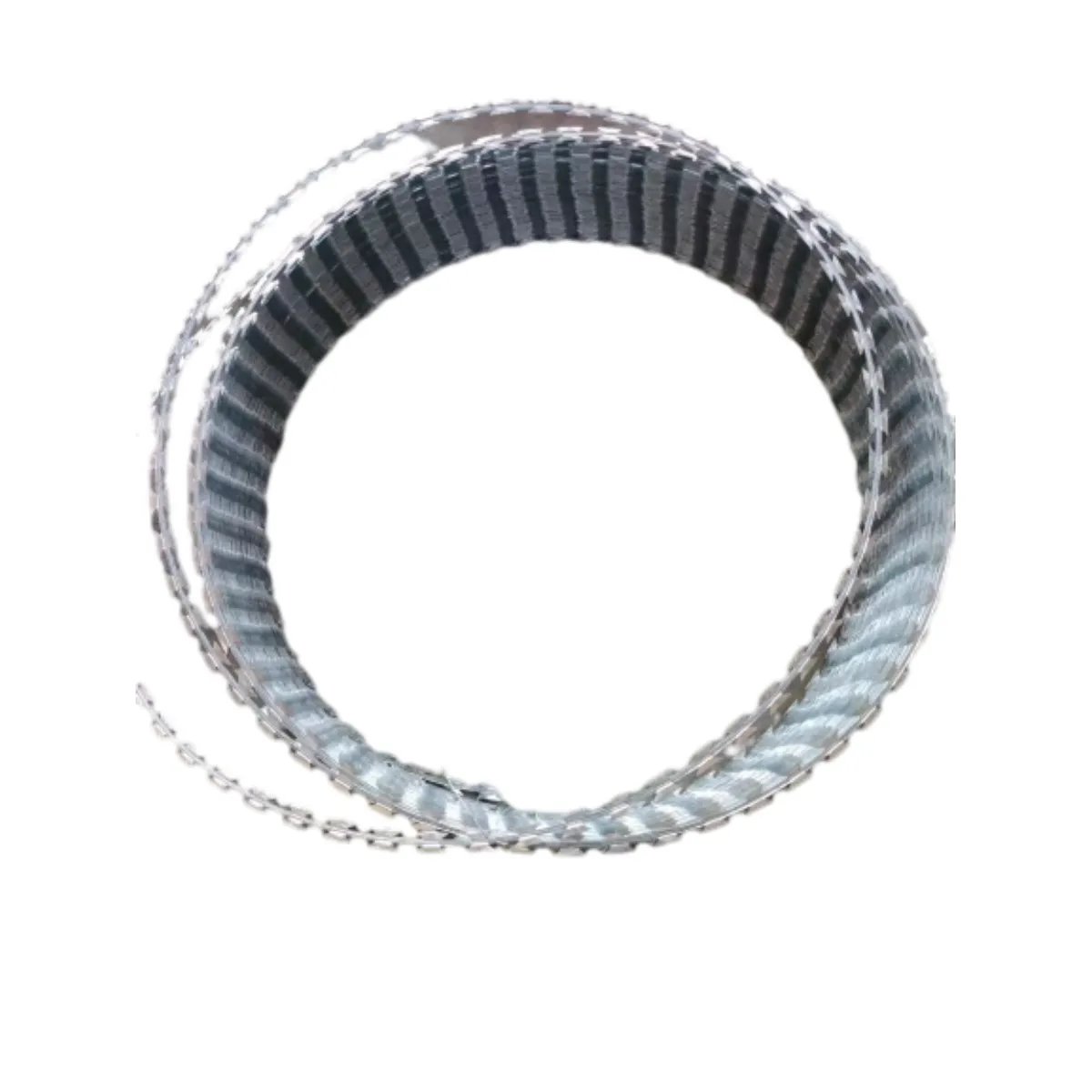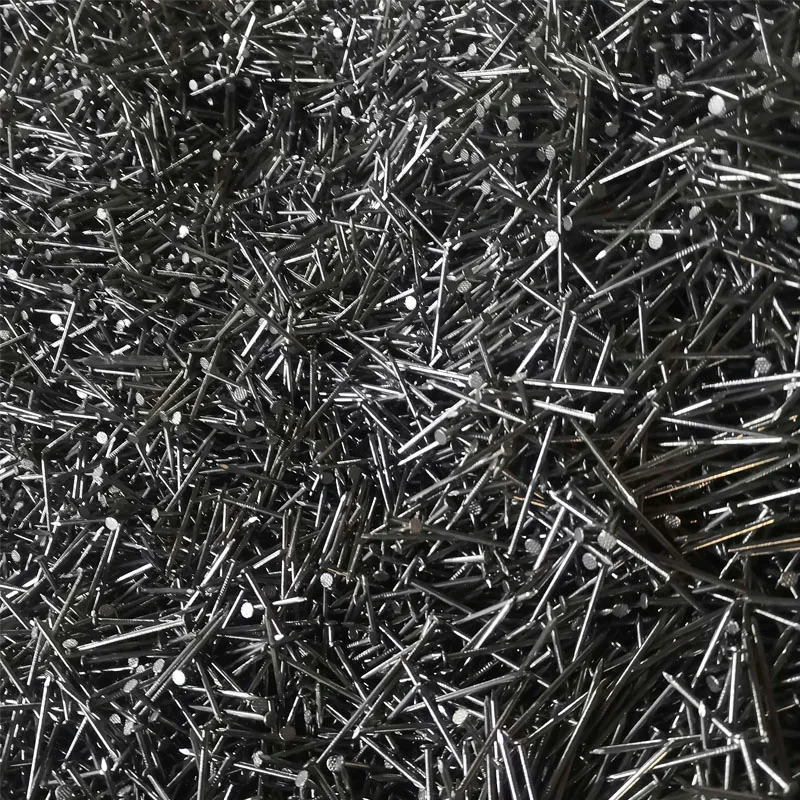2 月 . 16, 2025 09:05 Back to list
razor wire and barbed wire
Securing perimeters with barbed wire is a crucial aspect of property protection, especially in sectors reliant on safeguarding extensive areas, such as agriculture, military, and correctional facilities. One of the primary tasks in maintaining this security measure is ensuring that barbed wire is tight and secure. Loose wire can compromise security, making it easy for intruders to bypass the boundary it creates. This article explores the key considerations, techniques, and tools necessary for successfully tightening barbed wire, serving as a guide for ensuring your property remains imperviously protected.
3. Securing the Wire Once the desired tension is achieved, use pliers to adjust and secure the wire onto the fence posts. It's critical to ensure that the wire wraps tightly around the post and is effectively fastened to maintain its tension. 4. Regular Inspection Regularly inspect the entirety of your barbed wire fencing to identify potential weak points before they become significant security liabilities. Re-tightening should be part of routine maintenance rather than a response to a breach. Maximizing Longevity and Safety Beyond tightening, investing in high-quality materials from the outset plays a significant role in the longevity of your barbed wire fencing. Galvanized wire offers increased durability, weather-resistance, and requires less frequent maintenance. Additionally, proper installation techniques including choosing the appropriate spacing between posts can significantly influence the fence’s long-term performance. In institutional settings, staff training about maintenance and handling of barbed wire is advisable. This not only ensures that the wire is used effectively but also contributes to a safer working environment by educating staff on potential hazards. Environmental Considerations The surrounding environment should factor into your maintenance plans. In regions prone to high winds or heavy snow, for example, additional precautions such as increased tension during installation or the addition of stabilizing support cables may be necessary. Similarly, environmental degradation due to factors such as rust can be counteracted through the use of high-quality, rust-resistant coatings. Modern Solutions and Technologies Advancements in technology have introduced new methods for barbed wire maintenance. Smart fence systems now include sensors that detect changes in the wire's tension and send alerts immediately, allowing for proactive maintenance. Incorporating these systems can raise your security infrastructure to unprecedented levels of responsiveness and effectiveness. Conclusion Ensuring your barbed wire remains taut and secure is an investment in the safety and security of your property. While the task may appear straightforward, careful attention to detail and commitment to regular maintenance will ensure your perimeter’s integrity for years to come. By leveraging high-quality materials, employing effective techniques, and integrating modern technologies, you can create a formidable barrier that stands as a true deterrent while reflecting professional expertise in property management.
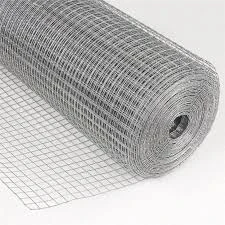
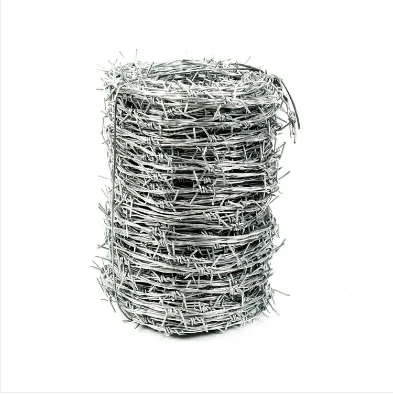
3. Securing the Wire Once the desired tension is achieved, use pliers to adjust and secure the wire onto the fence posts. It's critical to ensure that the wire wraps tightly around the post and is effectively fastened to maintain its tension. 4. Regular Inspection Regularly inspect the entirety of your barbed wire fencing to identify potential weak points before they become significant security liabilities. Re-tightening should be part of routine maintenance rather than a response to a breach. Maximizing Longevity and Safety Beyond tightening, investing in high-quality materials from the outset plays a significant role in the longevity of your barbed wire fencing. Galvanized wire offers increased durability, weather-resistance, and requires less frequent maintenance. Additionally, proper installation techniques including choosing the appropriate spacing between posts can significantly influence the fence’s long-term performance. In institutional settings, staff training about maintenance and handling of barbed wire is advisable. This not only ensures that the wire is used effectively but also contributes to a safer working environment by educating staff on potential hazards. Environmental Considerations The surrounding environment should factor into your maintenance plans. In regions prone to high winds or heavy snow, for example, additional precautions such as increased tension during installation or the addition of stabilizing support cables may be necessary. Similarly, environmental degradation due to factors such as rust can be counteracted through the use of high-quality, rust-resistant coatings. Modern Solutions and Technologies Advancements in technology have introduced new methods for barbed wire maintenance. Smart fence systems now include sensors that detect changes in the wire's tension and send alerts immediately, allowing for proactive maintenance. Incorporating these systems can raise your security infrastructure to unprecedented levels of responsiveness and effectiveness. Conclusion Ensuring your barbed wire remains taut and secure is an investment in the safety and security of your property. While the task may appear straightforward, careful attention to detail and commitment to regular maintenance will ensure your perimeter’s integrity for years to come. By leveraging high-quality materials, employing effective techniques, and integrating modern technologies, you can create a formidable barrier that stands as a true deterrent while reflecting professional expertise in property management.
Latest news
-
Secure Your Roof with Quality Roofing Nails
NewsNov.04,2024
-
Secure Your Property with Quality Field Fencing
NewsNov.04,2024
-
Enhance Your Space with Quality Mesh Fencing
NewsNov.04,2024
-
Discover the Versatility of Iron Wire for Your Projects
NewsNov.04,2024
-
Discover the Versatility of Common Nails for Your Projects
NewsNov.04,2024
-
Discover Quality Hydraulic Fittings for Your Applications
NewsNov.04,2024




